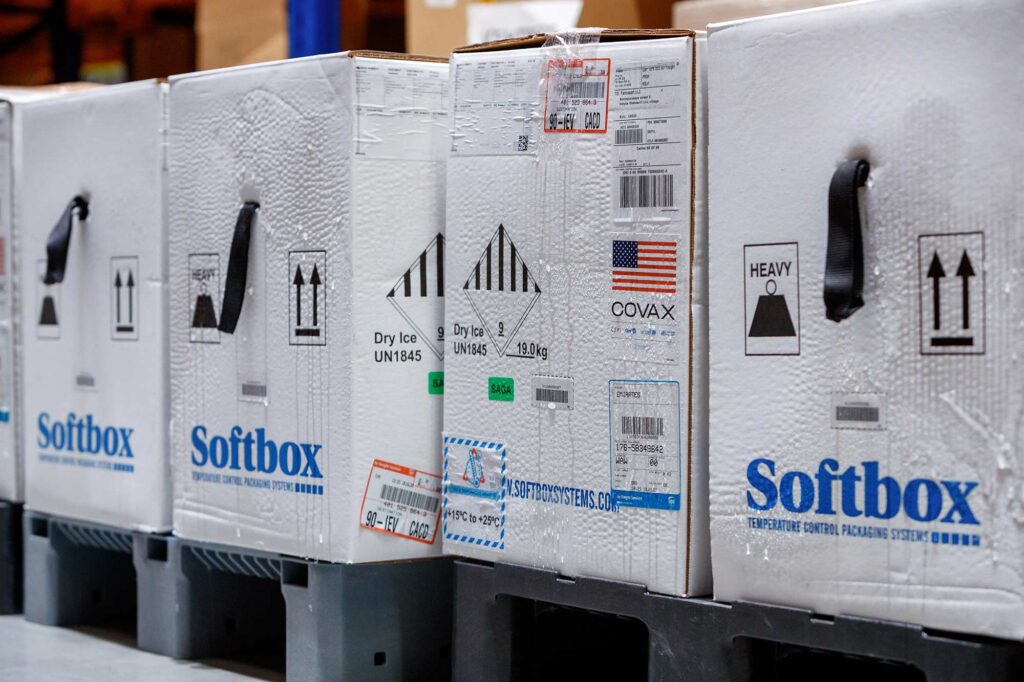Strengthening Medical Laboratory Systems in Kenya: An Innovative Biosafety Training Model
Strengthening Medical Laboratory Systems in Kenya: An Innovative Biosafety Training Model
Abstract
Objectives
This article demonstrates a sustainable biosafety training model developed to enhance laboratory quality and support accreditation in health facilities in Kenya.
Methods
A biosafety technical working group was formed, and sensitization meetings held with health managers. Trainings were then conducted for training of trainers (TOTs) who then cascaded trainings in health facilities. This was followed by mentorships and monitoring for implementation.
Results
Five sensitization meetings were carried out for 264 health managers. TOTs was done for 48 trained trainers and 1044 laboratory workers in 216 facilities covering 44 counties. Site visits were done in 51 facilities, with biosafety achievements measured in 21 (41%), respectively. Achievements in 21 facilities included the following: improvised eye wash stations in 16 facilities (76%), biological spill kits in 17 (81%), buckets of sand in 15 (71%), fire extinguishers in 12 (57%), hepatitis B vaccination in 14 (66%), establishment of phlebotomy areas in 18 facilities (85%), material safety data sheets in 18 (85%), documentation of incidents and exposures in 16 (76%), and proper waste segregation in 17 (81%).
Conclusion
This model ensured rapid scale-up to multiple counties and enabled learners to understand biosafety principles. Due to management buy-in, resources were availed to implement interventions, and this was demonstrated by remarkable achievements across all assessed facilities.
